Wellness is finally getting the respect it deserves. Practices, products and places that balance our beings are in higher demand than ever before with millennials and boomers leading the way. The rise in chronic disease has more and more of us striving to stay, or get, well and the industries which benefit are listening – even the world of science.
The hard lines between Eastern and Western medicine are starting to blur with doctors and researchers finally waking up to the fact that ancient practices like traditional Chinese medicine and Ayurveda might actually hold merit.
But the world of wellness continues to have its share of snake oil and pseudo-science with a lack of oversight from governing bodies. Bring in the “wellness watchdogs.” Consumers, industry, media and government are all speaking up – and calling out – those that don’t measure up to their claims.
More than ever before, opportunities abound for living well. It’s an exciting time for integrative medicine and we are delighted to share excerpts and information from the Global Wellness Summit’s (GWS) 2020 Global Wellness Trends Report.
Energy Medicine Gets Serious
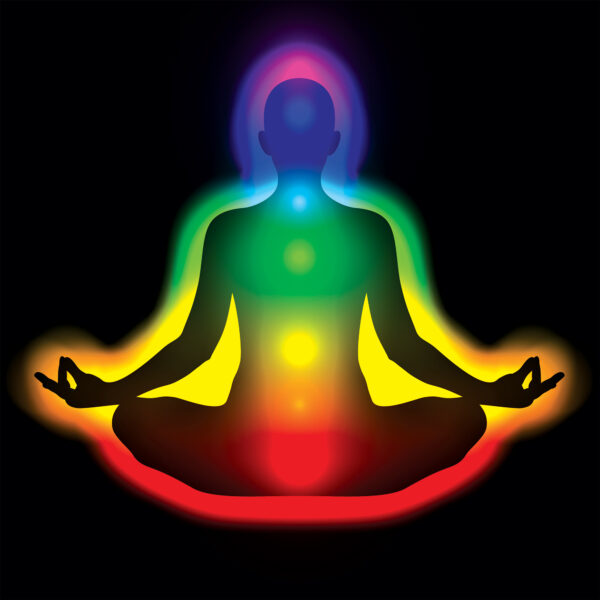
This one is very exciting to us as we have been discussing energy medicine in Desert Health since our inception. It seems the medical community is finally catching on and starting to understand, study and believe the proven theory that manipulating the energy flow that courses through our bodies has much to do with health and healing. This proven theory is the basis of ancient medical systems like traditional Chinese medicine, Aruyveda and those in many indigenous cultures.
While Western medicine is based on an anatomical and biochemical model, a real paradigm shift is underway with researchers from NASA to Harvard recognizing that our bodies are indeed a complex biofield of electromagnetic frequencies and light waves that serve as the control center for our physical and mental functioning.
“The scientific community is now taking it seriously, so the world will listen,” said Anna Bjurstam, a wellness pioneer and the 2019 Global Wellness Summit keynote. “The invisible will become visible and energy medicine will become as important as wellness itself.”
What’s already available to us?
Many of the energy medicine modalities you’ll find on our pages…from age-old therapies like acupuncture, Reiki, tuning forks and chakra balancing to new technologies like PEMF (pulsed electronic magnetic field), BEMER® (bio-electro-magnetic-energy-regulation), EPAT® (extracorporeal pulse activation technology) shockwave ultrasound and Ground Therapy.®
What’s on the horizon?
“In the coming years, there will be a rush by medical and technology companies to further crack the code on how energy networks organize our bodies and brains,” writes Global Wellness Trends Report author Beth McGroarty. “They will use that knowledge to design interventions into our electromagnetic and biophotonic fields to prevent disease and boost physical and mental health. It will create entirely new medical approaches, new products and new business models.”
The proven fact that our bodies are energy conduits also has many concerned about the wireless world around us. As the Internet of Things (IoT) peaks in the next five years (think 5G cellular), McGroarty states, “Electromagnetic pollution will become the new public health issue with both anxiety and solutions arising.”
The World Health Organization classifies wireless radiation as a class 2B carcinogen while the Centers for Disease Control and Prevention states there is no definitive scientific evidence. However, U.S. homebuilders are already offering housing with shielded cables in bedrooms while high-end wellness retreats around the globe offer copper-lined accommodations to block out EMFs (electromagnetic frequencies) with a click of a switch.
The bottom line, balancing your body’s energy is important for your health. Get to know your energy flow, take breaks from your phone and computer and consider those energy medicine practices available to us today.
Aging Rebranded: The Positively Cool 60+ Market
Today’s retirees are much different from previous generations. They start businesses, run marathons, travel the globe and care deeply about living well. In the United States, boomers also control the highest percentage of disposable income and marketers are starting to notice.
The challenge they face is creating relevant advertising to catch the eye of this previously overlooked audience. “Plan for a safe future” scare tactics (“I’ve fallen and I can’t get up!”) are being replaced by 71-year-old Covergirl® models and surfing seniors drinking plant-based nutrition drinks.
“Companies are starting to notice that these people are really cool,” says David Harry Stewart, CEO and founder of Ageist media company which specializes in older markets. Fitness, food, tech, beauty and travel industry leaders are seeking advice on creating thoughtful, practical and, most importantly, respectful messaging.
The report states that millennials and baby boomers increasingly mirror one another in adopting healthy lifestyle habits, with the latter more likely than any other generation to choose nutritious food. They spend more on online shopping than millennials and compose nearly a quarter of all U.S. health club memberships. In cities across the country, an increasing number are moving into hip urban condos paving the way for new retirement housing within walking distance to cultural and foodie destinations.
“More people are living longer and healthier,” says Stewart. “This is where the market is shifting to. You can’t ignore it.”
Focus Shifts from Sleep to True Circadian Health
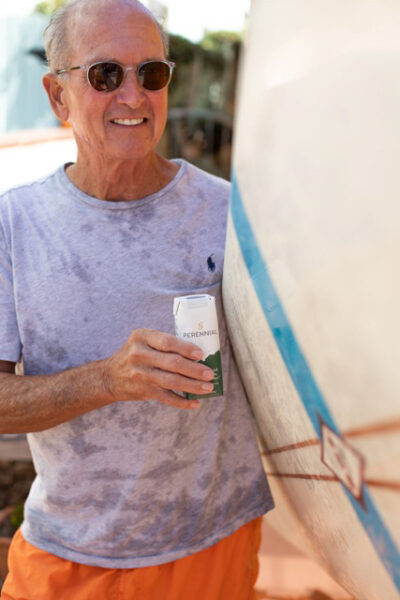
Our world is sleep deprived. A 24/7 work ethic and technology to support it are blurring the lines between night and day and interfering with our body’s natural ability to shut it down. Solutions abound with lotions, potions, pillows, pills, apps and even cuddle robots promising a good night’s sleep in a $432 billon market. We have sleep retreats, separate sleeping quarters from our spouse and even “orthosomnia,” a condition in which anxiety over sleep tracking causes sleep problems.
However, the answer is simple: stop illuminating our nights and start waking with the sun. This elementary shift is in line with our body’s circadian rhythm, responsible for shut eye, but also connected to our heart rate, blood pressure, immune system, metabolism, body temperature, hormones and mood.
This trend predicts a shift in focus from generic sleep solutions to circadian health optimization – not only for sleep, but for all the brain and body systems controlled by our circadian clock. This means the timing of biology will become something we need to measure and manage, and light will be the central part of any solution.
What’s coming?
Home lighting that mimics the sunrise and sunset, apps that tell us when we need to dim and turn off lights for our specific chronobiology, diets based more on when we eat (the “circadian diet”), an emerging class of circadian drugs and possibly even a circadian “fingerprint” measurement that affects timing of medical treatments, surgeries and lab tests.
This trend has much merit as science is revealing the truth about how circadian rhythms rule our physical and mental health. Just remember, when you cut through the gizmos and gadgets, the answer starts with practicing healthy sleep habits like maintaining a regular sleep schedule, avoiding alcohol and caffeine in the evening, avoiding large meals close to bedtime, ensuring your bedroom is dark and free of distracting noises and getting plenty of regular exercise.
J-Wellness: Japan’s Cultural of Wellness
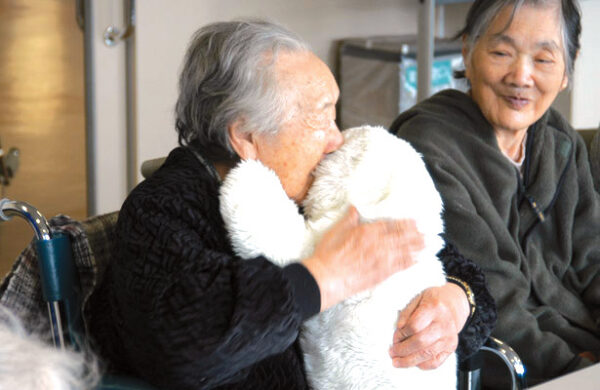
Japan leads the way in longevity with the largest per capita ratio of centurions in the world. In 1965, they reported 153; in 2017, there were almost 70,000. Fifty percent of Japanese citizens born in 2007 are expected to reach 107.
Many point to a strong sense of tradition, community and connection with nature in addition to quality wellness products, programs and technology. Neighborhood gathering spots called Iki-iki Plazas provide generational mingling, recreation and learning. Nationwide policy places mental health on the same level as physical health and companies implement mandatory stress assessment testing annually. Charming interactive robots provide psychological support and have been shown to reduce anxiety and depression, as does incense to purify, cleanse and relax.
In 1982, forest bathing was implemented as a national health program to enhance a connection with nature. Today, there are 62 official healing forests, 1,200 certified guides and more than 2.5 million people enjoying the trails. Additionally, more than 20,000 natural hot springs provide healing benefits and recent legislation has opened monasteries to both locals and tourists for meditation, silence and vegetarian retreats.
The world is watching. Other countries are learning from Japan’s societal wellness programs and following suit.
Wellness is finally getting the respect it deserves and each and every one of us should be taking steps to enhance wellbeing in our own lives.
Throughout the year, we will continue to highlight other trends in the GWS report including wellness sabbaticals (who doesn’t like the sound of that?), the fertility boom, organized religion embracing wellness, the power of music for wellness, mental health and technology, and the science behind the industry.
Editorial by Desert Health Publisher Lauren Del Sarto. For the full 2020 Global Wellness Trends Report, visit www.globalwellnesssummit.com.
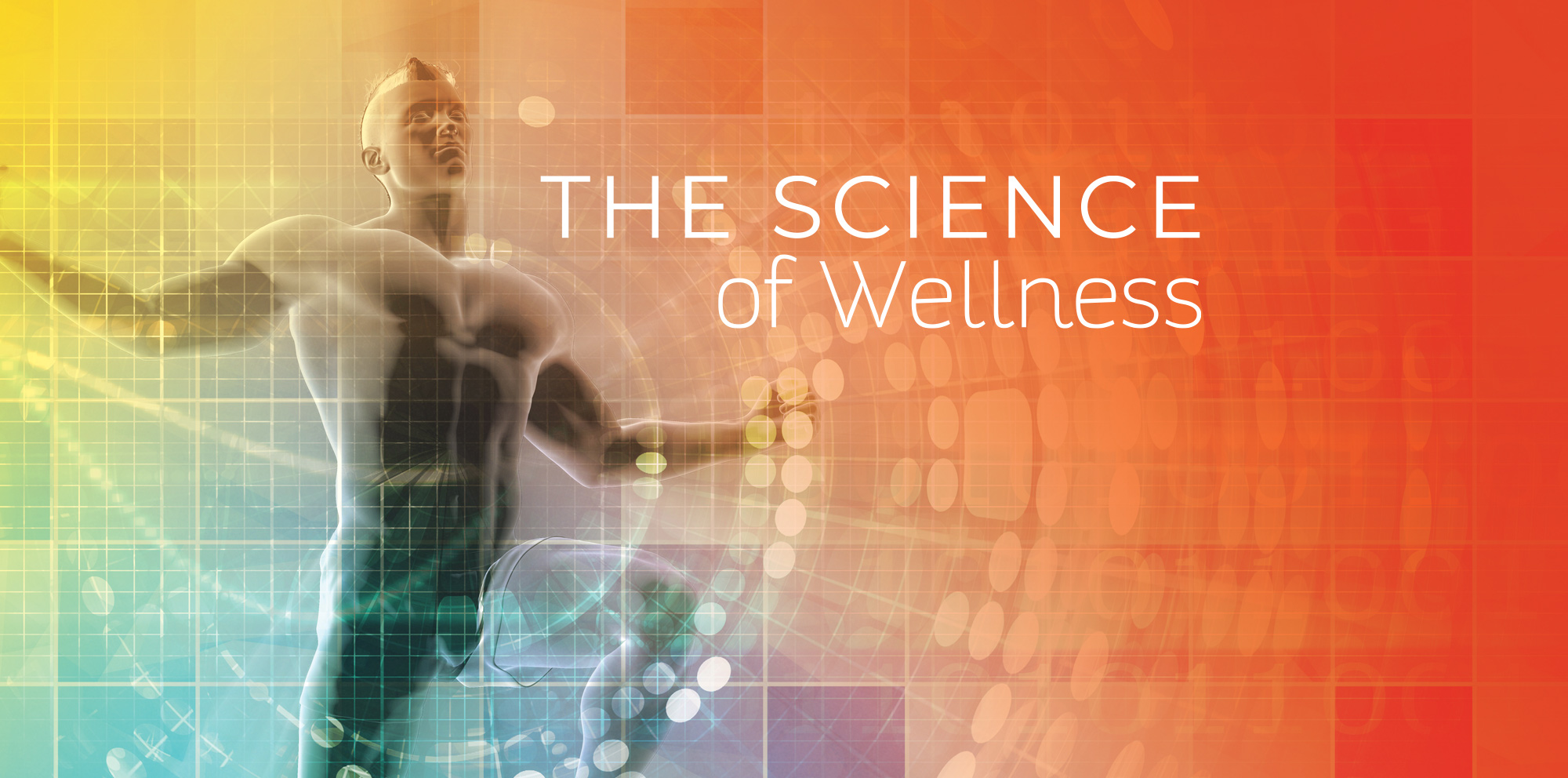








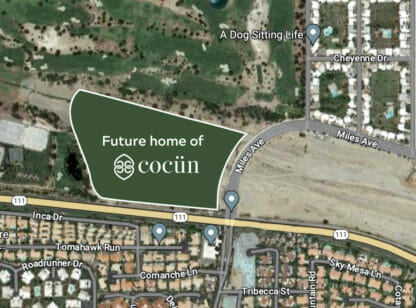


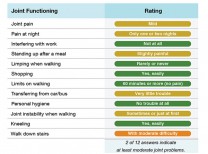




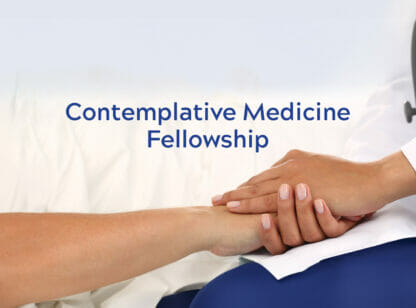




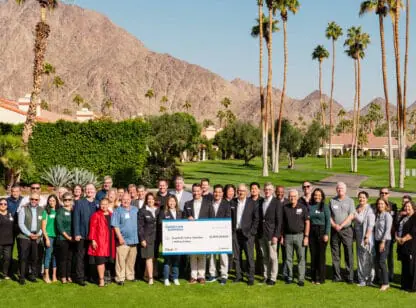




























Comments (0)